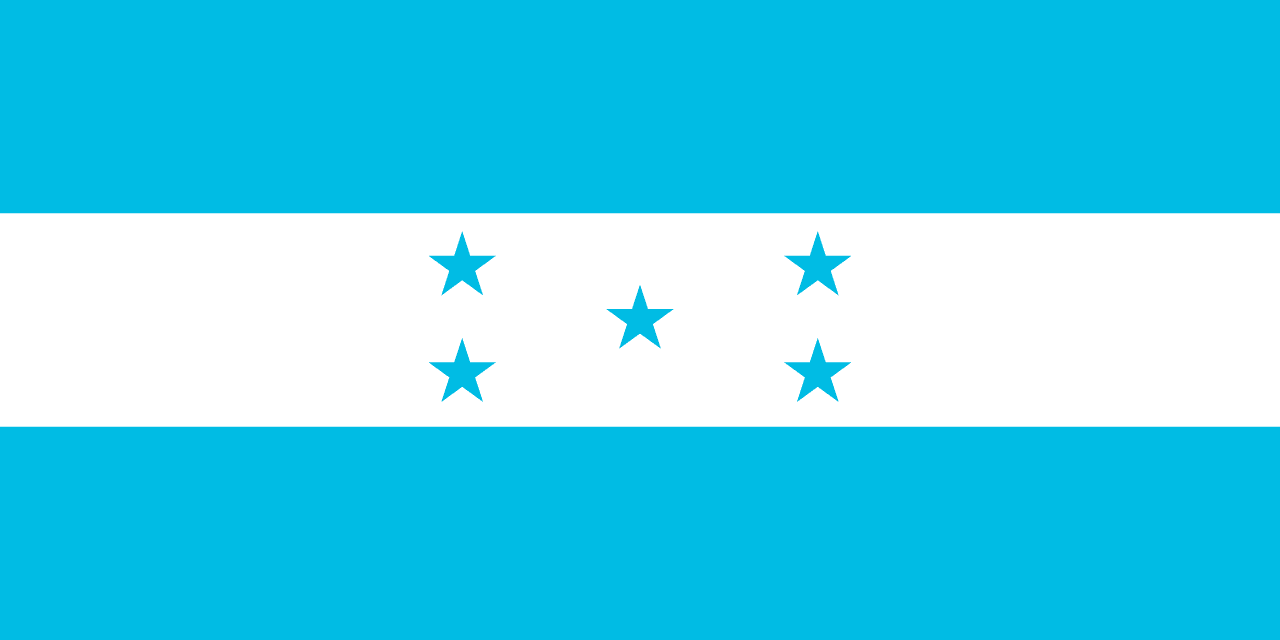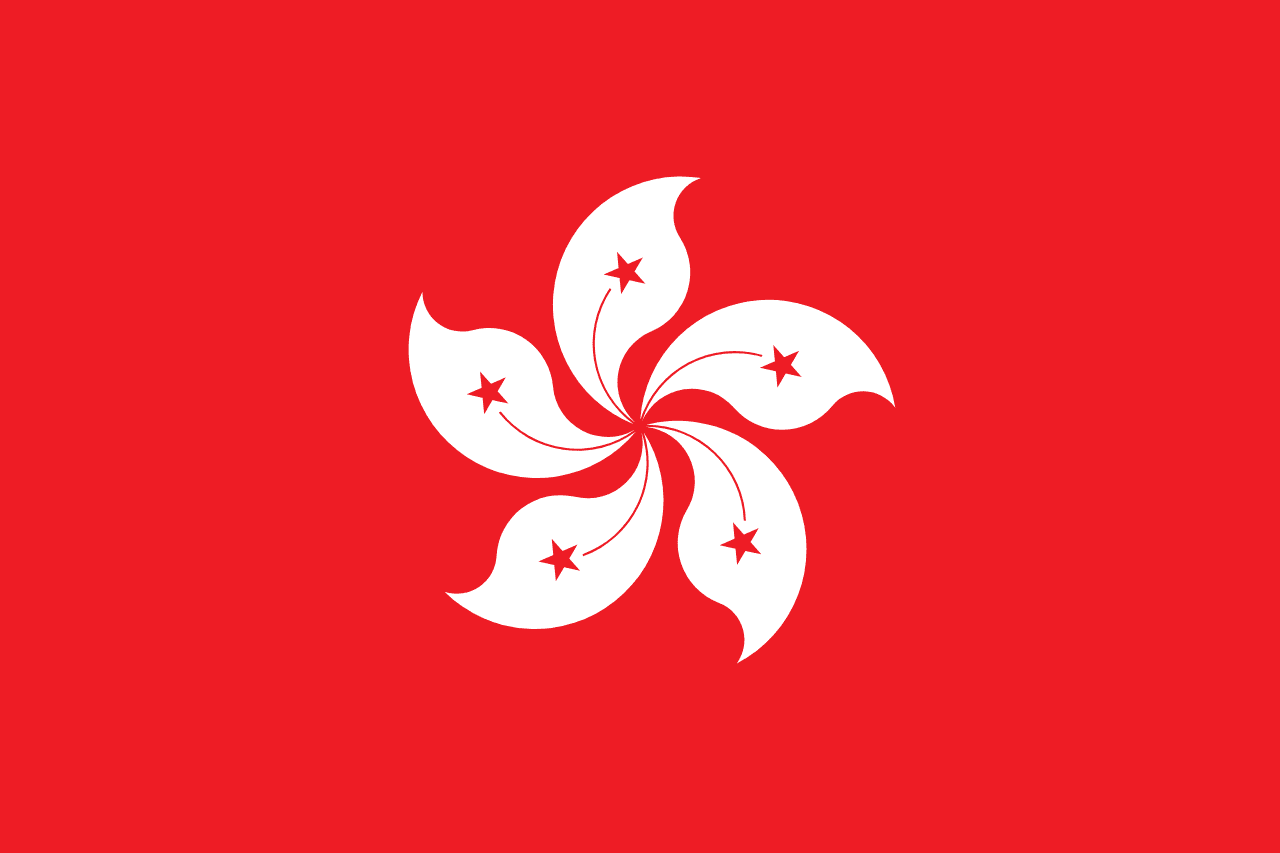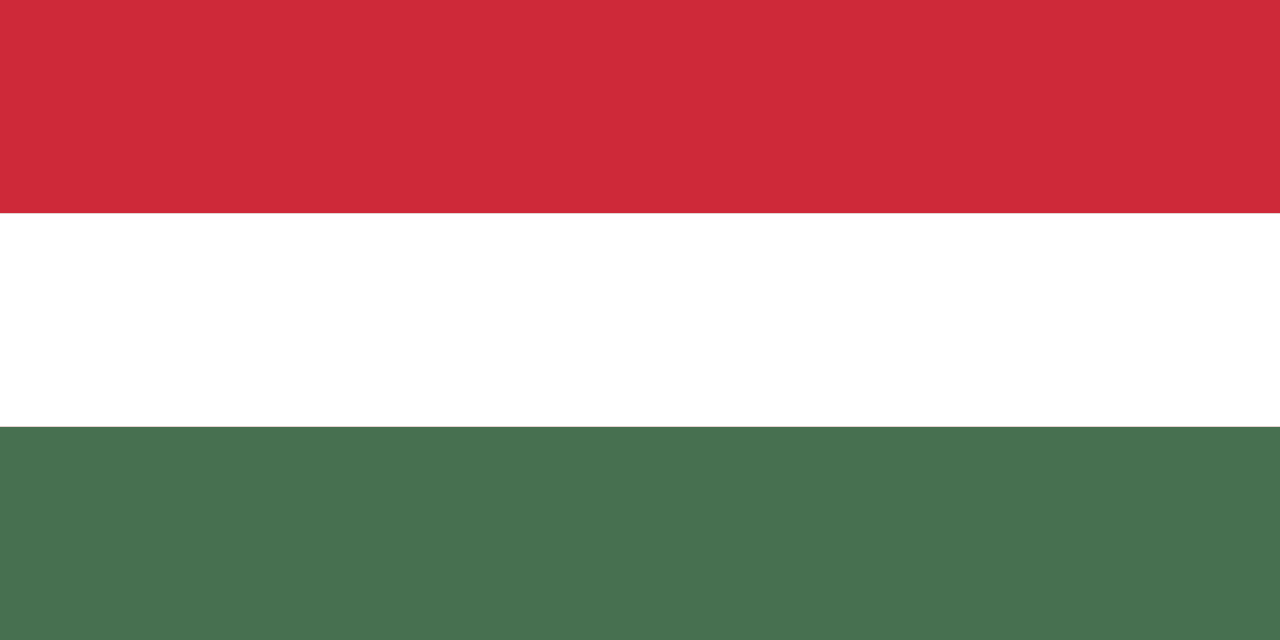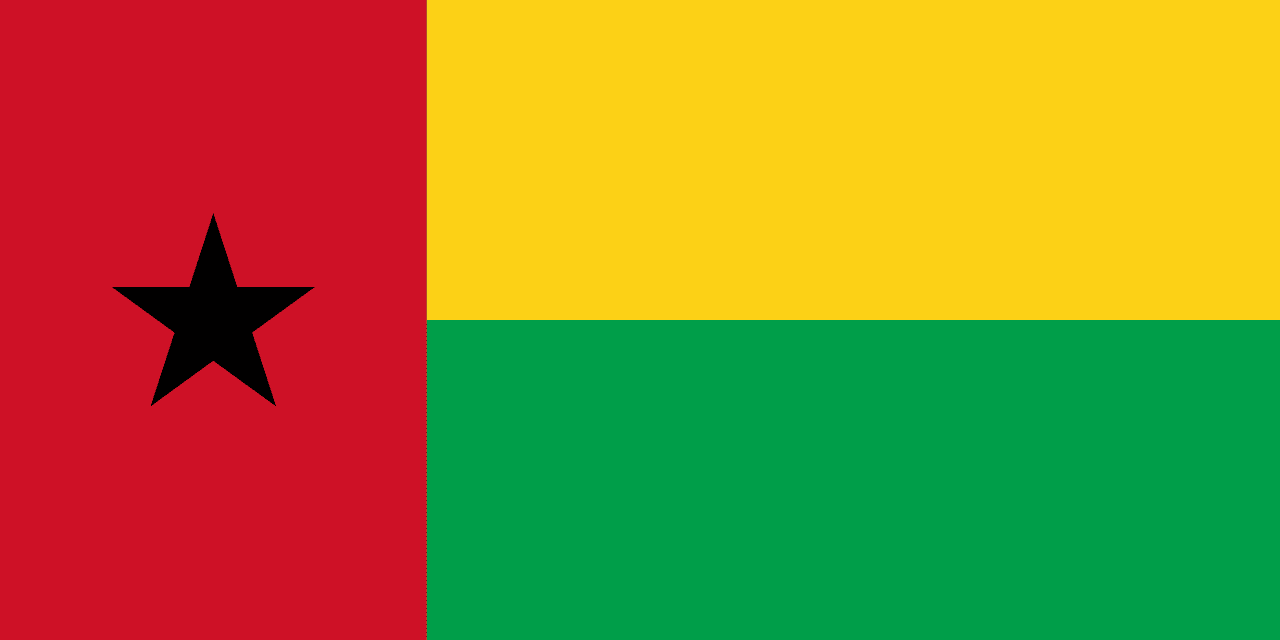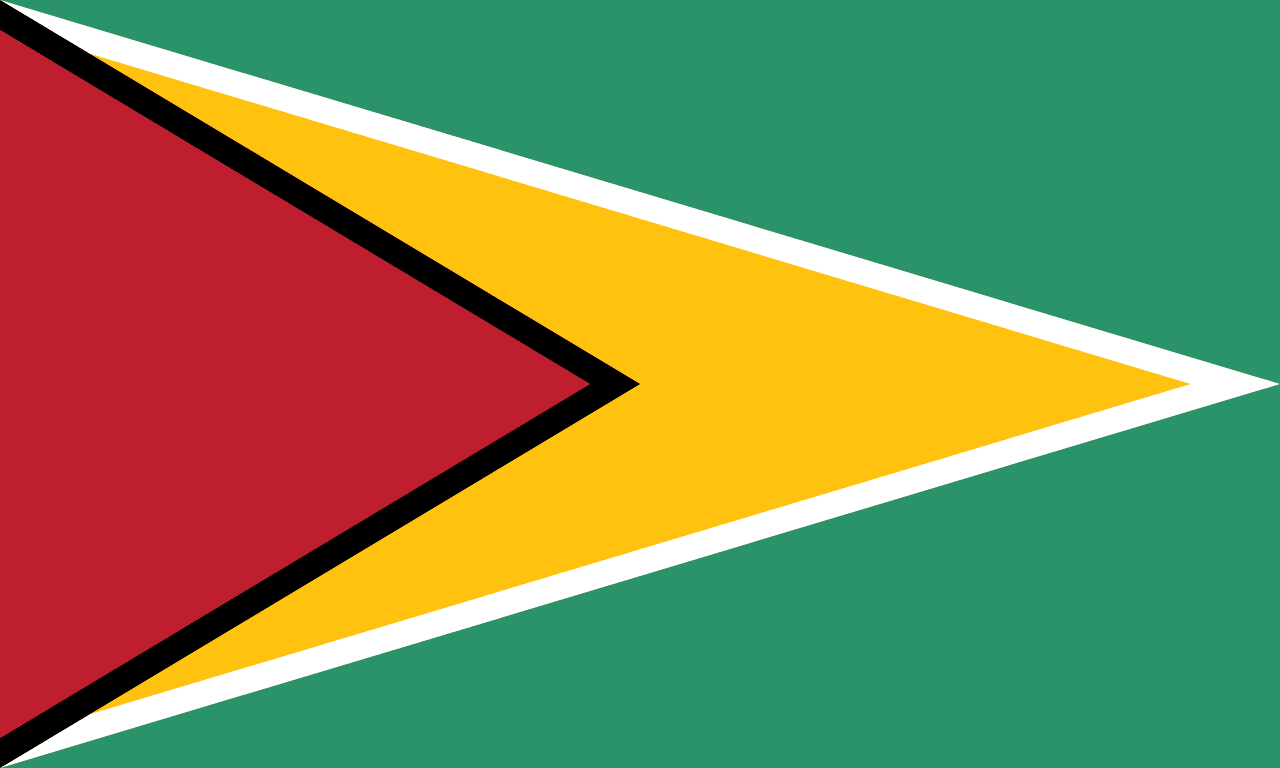The flag of Haiti consists of two equal horizontal bands of blue on top and red on the bottom, with the national coat of arms centered on a white square in the middle. This striking design encapsulates Haiti's rich history, revolutionary spirit, and enduring quest for unity and strength.
Haiti information
| National Flag Day | May 18th |
| Sovereign state | Yes |
| Official name | Republic of Haiti |
| Capital | Port-au-Prince |
| Population | 11,067,116 |
| Area | 27,750 km² |
| Currency | Haitian gourde (HTG) |
| Language | Haitian Creole, French |
| Continent | North America |
| Region | Caribbean |
| Subregion | Greater Antilles |
| Borders | Dominican Republic |
| Timezone | Eastern Caribbean Time (ECT) UTC-5 |
| Calling code | +509 |
| Top-level domain | .ht |
History of the Haitian flag
 The current flag of Haiti was officially adopted on February 25, 1986, following the overthrow of the Duvalier regime. However, its roots trace back to the Haitian Revolution of 1803. The original Haitian flag, created by revolutionary leader Jean-Jacques Dessalines, was inspired by the French Tricolore but modified to represent the newly independent nation. Dessalines famously removed the white stripe from the French flag, symbolizing the removal of white colonizers from Haiti.
Over the years, the flag underwent several changes. During the 19th century, Haiti alternated between horizontal and vertical orientations of the blue and red bands. The current design, with its horizontal bands, was first adopted in 1964 but has been in continuous use only since 1986.
The current flag of Haiti was officially adopted on February 25, 1986, following the overthrow of the Duvalier regime. However, its roots trace back to the Haitian Revolution of 1803. The original Haitian flag, created by revolutionary leader Jean-Jacques Dessalines, was inspired by the French Tricolore but modified to represent the newly independent nation. Dessalines famously removed the white stripe from the French flag, symbolizing the removal of white colonizers from Haiti.
Over the years, the flag underwent several changes. During the 19th century, Haiti alternated between horizontal and vertical orientations of the blue and red bands. The current design, with its horizontal bands, was first adopted in 1964 but has been in continuous use only since 1986.
Symbolism and design of the Haitian flag
The Haitian flag is rich in symbolism, reflecting the country's history and values. The blue band represents the Haitian people of African descent, while the red band symbolizes the people of mixed African and European ancestry (known as "mulattoes"). Together, these colors represent the unity of all Haitians, regardless of skin color. At the center of the flag is a white rectangle bearing the national coat of arms. This emblem includes several symbolic elements:
- A palm tree crowned with a Phrygian cap, symbolizing freedom
- Cannons and cannonballs, representing the fight for independence
- Crossed anchors, symbolizing Haiti's maritime heritage
- Various flags and weapons, illustrating the tools of liberation
- A ribbon bearing the national motto: "L'Union Fait La Force" (Unity Makes Strength)
The coat of arms serves as a powerful reminder of Haiti's revolutionary past and its aspirations for a united and prosperous future.
Usage and significance of the Haitian flag
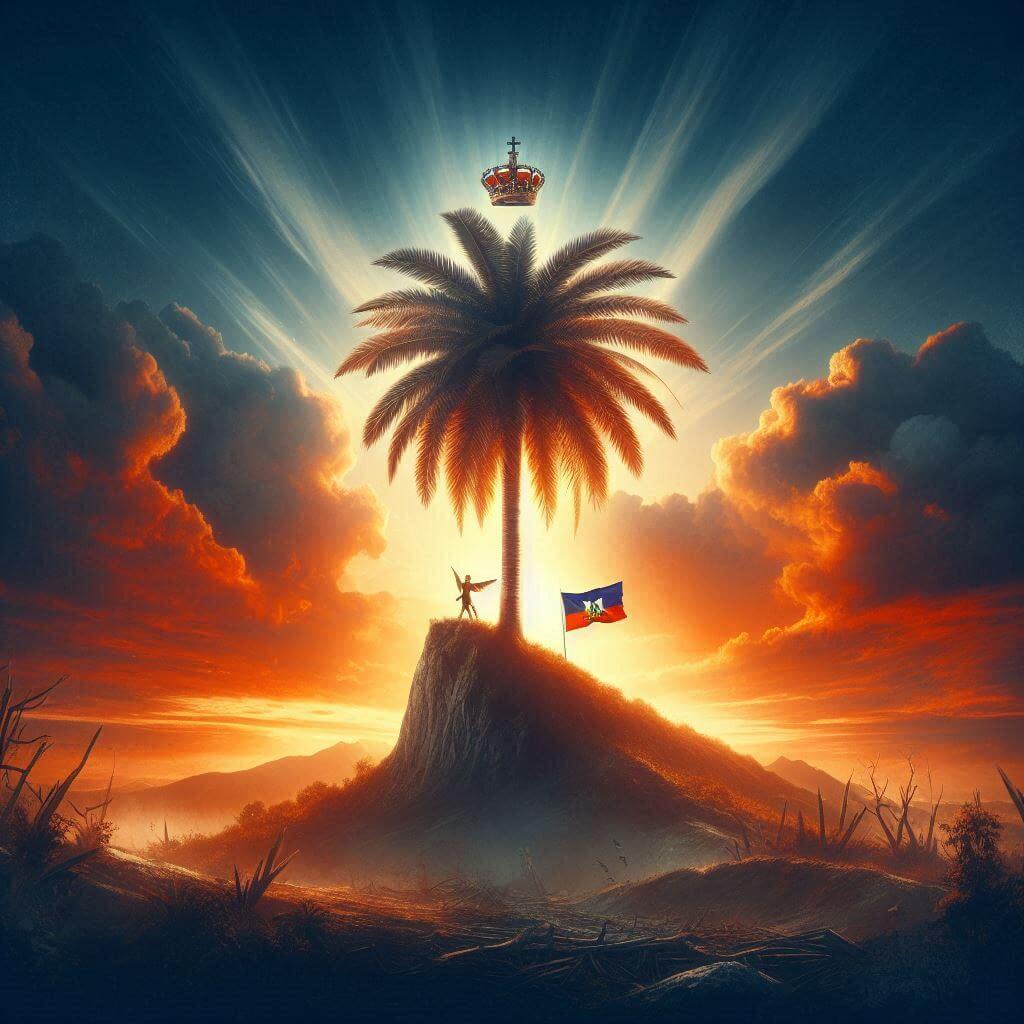 The Haitian flag holds immense significance as a symbol of national pride, independence, and resilience. It is prominently displayed during official ceremonies, national holidays, and cultural events. May 18th is celebrated as Haitian Flag Day, commemorating the creation of the first Haitian flag in 1803.
The flag is flown on government buildings, schools, and public spaces throughout Haiti. It also serves as a unifying symbol for the Haitian diaspora around the world, connecting them to their heritage and shared history.
In times of crisis or national celebration, Haitians often rally around their flag, using it as a symbol of solidarity and hope. The flag's presence in international forums and events serves as a reminder of Haiti's status as the first independent black republic in the world and its ongoing journey towards democracy and development.
The Haitian flag holds immense significance as a symbol of national pride, independence, and resilience. It is prominently displayed during official ceremonies, national holidays, and cultural events. May 18th is celebrated as Haitian Flag Day, commemorating the creation of the first Haitian flag in 1803.
The flag is flown on government buildings, schools, and public spaces throughout Haiti. It also serves as a unifying symbol for the Haitian diaspora around the world, connecting them to their heritage and shared history.
In times of crisis or national celebration, Haitians often rally around their flag, using it as a symbol of solidarity and hope. The flag's presence in international forums and events serves as a reminder of Haiti's status as the first independent black republic in the world and its ongoing journey towards democracy and development.
Interesting facts about the Haitian flag
- Haiti was the first independent nation in Latin America and the Caribbean, gaining independence from France in 1804 after a successful slave revolt led by Toussaint Louverture and Jean-Jacques Dessalines.
- The Haitian Revolution (1791-1804) was the only successful slave revolt in history that led to the establishment of a free state ruled by former slaves.
- The current flag design is the ninth official flag of Haiti since its independence, reflecting the country's complex political history.
- The white rectangle bearing the coat of arms is unique among national flags, as most countries place their emblems directly on the colored field.
- The palm tree in the coat of arms is a Royal Palm, which is native to Haiti and symbolizes the country's natural beauty and resilience.
- The Phrygian cap atop the palm tree is an ancient symbol of liberty, also used in the French Revolution and on many Latin American flags.
